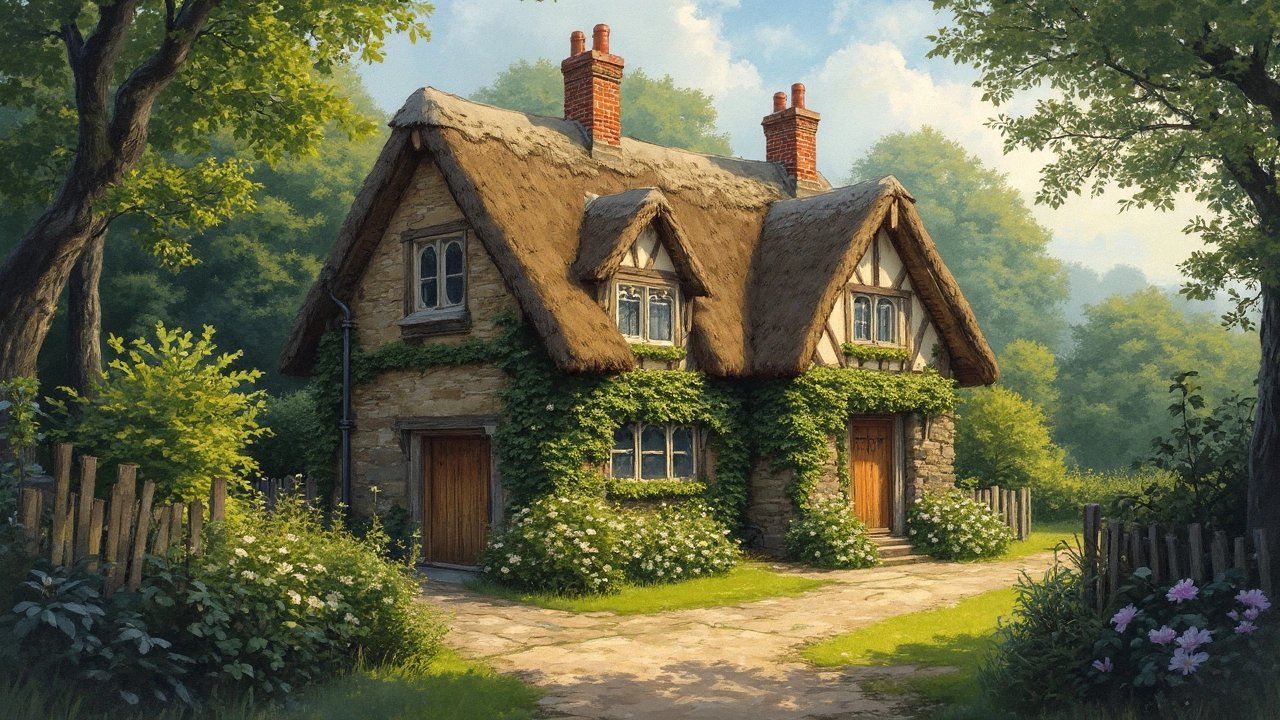Cottage Homes in Lancashire – Your Ideal Country Getaway
Did you know Lancashire is home to more than 2,000 historic cottage homes? Whether you crave a romantic hide‑away, a family‑friendly base, or a solo nature break, there’s a cottage waiting for you. Below you’ll find straight‑to‑the‑point advice on what makes these homes special, how to pick the right one, and where to save a few pounds.
What Makes a Cottage Home Special?
First off, a cottage isn’t just a small house – it’s a piece of countryside character. Most Lancashire cottages have low‑rise roofs, stone walls, and a garden that feels like a private park. Inside, you’ll often find exposed beams, a cosy fireplace, and a kitchen built for real cooking, not just reheating meals.
Room count matters. A typical cottage ranges from two to five bedrooms. If you’re wondering how many rooms you’ll actually get, our “How Many Rooms Does a Cottage Typically Have?” guide breaks down the numbers for each size. Two‑bedroom homes work well for couples or a small family, while four‑bedroom layouts give space for friends, pets, or a home office.
Bedrooms themselves can be styled in many ways. The “Cottage Bedroom Ideas” post shows how to mix vintage furniture with modern comfort, plus tips on storage solutions for tight spaces. Think built‑in wardrobes, loft beds, or a simple chest of drawers that keeps the look uncluttered.
If you’re after a truly rustic feel, consider a rural cottage. These homes sit on farms or in isolated villages and often keep original features like thatched roofs or stone floors. The “What Is a Rural Cottage?” article explains the benefits – privacy, sweeping views, and a chance to live like a local for a weekend.
How to Choose the Right Cottage for Your Stay
Start with your group size. A two‑person couple will feel cramped in a four‑bedroom place, while a larger family will appreciate the extra space. Next, think about the amenities you need. Some cottages offer high‑speed Wi‑Fi, a dishwasher, or a hot tub – perfect for a mixed‑generation holiday.
Direct booking can save you big money. When you book straight with the owner, you cut out the commission fees that third‑party sites charge. Our “Book Cottages Direct with Owner” guide walks you through the safe steps: verify the owner’s ID, ask for clear photos, and use a secure payment method.
Location is another big factor. Do you want to be near the coast, like near Southport, or closer to the Forest of Bowland for hiking? Lancashire offers both. Check a map, note nearby attractions, and see if the cottage provides parking – most rural properties do, but town‑center spots might be limited.
Finally, look at the season. Summer months fill up fast, and many owners raise prices. If you can travel in shoulder season (late spring or early autumn), you’ll find lower rates, fewer crowds, and a chance to enjoy foliage or blooming gardens.
Putting these pieces together—size, amenities, booking method, location, and timing—will help you pick a cottage that feels just right. Lancashire’s cottage homes are more than a roof over your head; they’re a chance to step into a slower pace, sip tea by a fire, and wake up to the sound of birds instead of traffic.
Ready to start searching? Browse our curated list of Lancashire cottages, use the filters for bedroom count and amenities, and lock in a direct‑booking discount. Your perfect country retreat is only a few clicks away.

Disadvantages of Cottage Homes: What You Need to Know
Cottage homes can seem idyllic with their charm and quaint appearance, but they come with several drawbacks. Issues like limited space, maintenance costs, and lack of modern amenities often surprise new owners. Weather challenges and potential isolation also add to the downsides. Understanding these potential pitfalls is key if you're considering cottage living.
Continue Reading